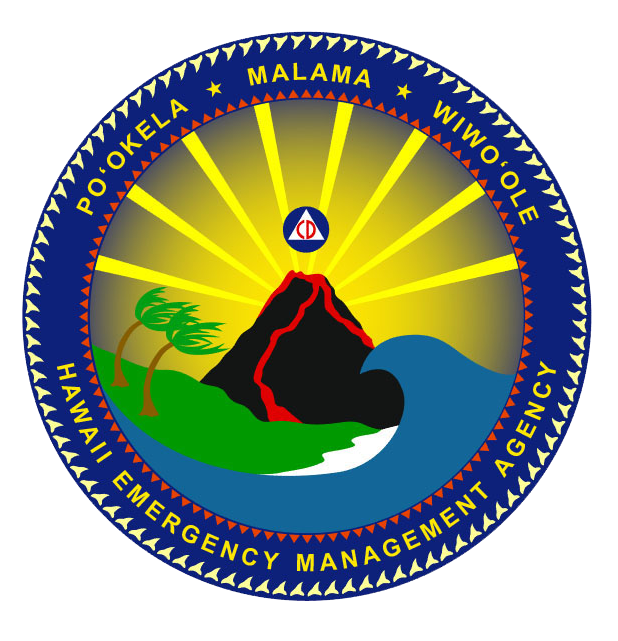Volcanic gas presents serious health hazards
Posted on May 4, 2018 in 2018 Kilauea Eruption, Declared Disasters, Information and News Releases, Main, News StoriesMay 4, 2018
2018-004C
HONOLULU — While many people associate volcanoes with large plumes of smoke or ash and spectacular lava fountains, volcanic eruptions also produce toxic gasses. The recent activity in the area of Leilani Estates has resulted in dangerously high concentrations of sulfur dioxide, a gas that is a strong respiratory system Irritant and can cause serious eye, nose, and skin irritations, coughing, shortness of breath, or other effects.
Resources at Interagency Vog Dashboard (https://ivhhn.org/vog/) provide valuable information on the risks presented by volcanic gasses, including sulfur dioxide ( SO2) and fine particulates.
Vog (a local term for volcanic emissions from eruptions) is a hazy mixture of SO2 gas and aerosols, which are primarily composed of sulfuric acid droplets and other sulfate (SO4) compounds. Aerosols are created when SO2 and other volcanic gases combine in the atmosphere and interact chemically with oxygen, moisture, dust, and sunlight over periods of minutes to days.
SO2 presents particularly serious threats to the health of individuals with asthma or other respiratory conditions, people with cardiovascular disease, seniors, infants and children, and new and expectant mothers, but healthy people may experience symptoms as well. It is of particular concern in the current situation because the fissures are in inhabited areas; more SO2 is found in volcanic gasses closer to their source.
Everyone in the Leilani Estates area should evacuate to avoid exposure to sulfur dioxide gas.
The Interagency Vog Dashboard offers more information on sulfur dioxide and other volcanic emission concerns, and serves as one location where you can access a wide range of available information regarding volcanic emissions (vog). It is available at:
# # #
